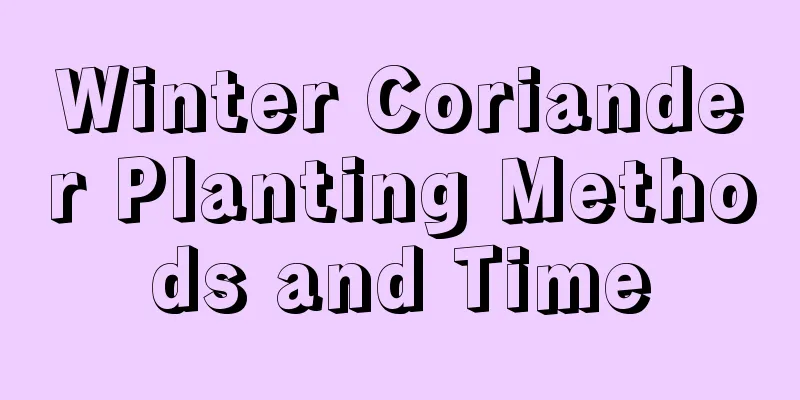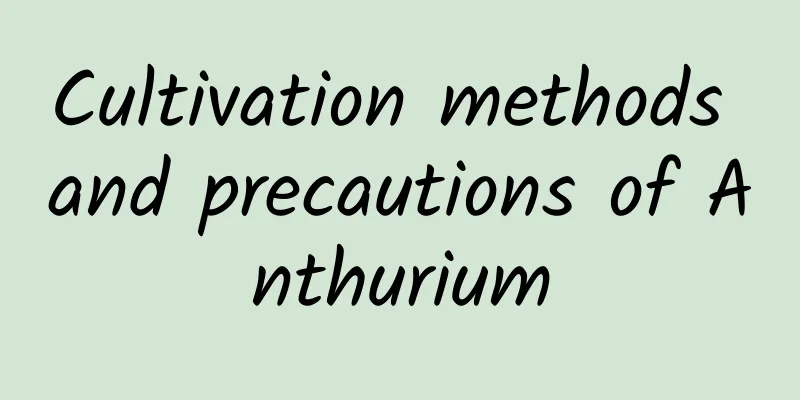Why do tomatoes bloom but not bear fruit?

|
One of the most perplexing problems when growing tomatoes is when the plant appears to be growing vigorously, the leaves are healthy and shiny, the soil is fertile and free of pests and diseases, but it only blooms but does not produce fruit. So what is the reason why tomatoes bloom but do not bear fruit? 1. Pollination issues Tomatoes are self-pollinating plants, but under certain conditions, such as continuous rainy weather or a lack of pollinating insects, natural pollination may be insufficient, resulting in the inability of the flowers to be fertilized and bear fruit normally. 2. Overnutrition Excessive plant growth may be due to excessive fertilization, especially nitrogen fertilizer, which causes excessive vegetative growth of the plant and affects reproductive growth, that is, flowering and fruiting. 3. Insufficient light Tomatoes need sufficient light for photosynthesis and flower bud differentiation. If the lighting time is insufficient or the light intensity is insufficient, it may affect the flowering and fruiting of tomatoes. 4. Moisture management Improper water management, such as over- or under-watering, may affect the growth, development and fruiting of tomatoes. Too much water may cause root diseases, while insufficient water will affect the development of flowers and fruits. 5. Temperature conditions Tomatoes are sensitive to temperature. Too high or too low temperatures will affect flower bud differentiation and pollination. Especially during the flowering period, unsuitable temperature conditions may result in flowers without fruits. 6. Improper pruning Excessive or improper pruning may remove flower buds or affect the plant's ventilation and light transmission, thus affecting fruiting. 7. Hormone Imbalance Changes in plant hormone levels, such as auxin and gibberellins, may affect the development of flowers and fruits. Caution is required when using plant growth regulators so as not to interfere with the natural hormone balance. In short, to prevent this situation, you need to make sure that the tomato plants get enough direct sunlight. Control moisture reasonably, keep the soil moderately moist and avoid waterlogging. Apply fertilizer at the right time and in the right amount, avoid excessive nitrogen fertilizer, and increase phosphorus and potassium fertilizers to promote the development of flowers and fruits. In adverse weather conditions, consider artificial assisted pollination. Prune the plants appropriately and maintain good ventilation and light conditions. Monitor and adjust the temperature to ensure the plants are within the appropriate growth temperature range.
|
<<: How to grow Daniel succulent and how to grow it into an old pile
>>: How to grow seal succulents, what to do if the leaves are wrinkled
Recommend
How to distinguish between peach eggs and peach beauties
Appearance characteristics Peach Egg Peach eggs a...
Is Yinhua the same as honeysuckle?
1. Is it honeysuckle? Silver flower is actually h...
Loach breeding methods and techniques
Loach is a fish that has the habit of spawning mu...
How to maintain the good condition of Staghorn Begonia
Growing conditions of Staghorn Begonia Staghorn B...
What to do if Pyracantha leaves fall off
1. Reason 1. Blown away by cold wind If you have ...
How to raise Granny Smith
1. Breeding conditions 1. Water: In the wild, Ver...
Can bayberry be grown in the north? Where can it be grown?
Planting Bayberry in the North Bayberry trees are...
How to save seeds of Gypsophila mandarin
Gypsophila Seed Introduction Baby's breath ha...
Don't mistake Amaryllis for Agapanthus
Introduction to Agapanthus Agapanthus africanus, ...
How to cultivate osmanthus trees
Osmanthus tree growth conditions Osmanthus trees ...
What is the best soil for potted orchids (the simplest orchid soil configuration)
1. What soil to use Orchids have high requirement...
How long is the growth cycle of mint?
Introduction to Mint Growth Mint likes to grow in...
What to do if white spots appear on the leaves of Black Magic
1. Infection with powdery mildew Reason: Black Ma...
How to transplant peony
Transplanting season There is a proverb that goes...
How to care for Molan in winter
Is Molan afraid of cold? The suitable temperature...









